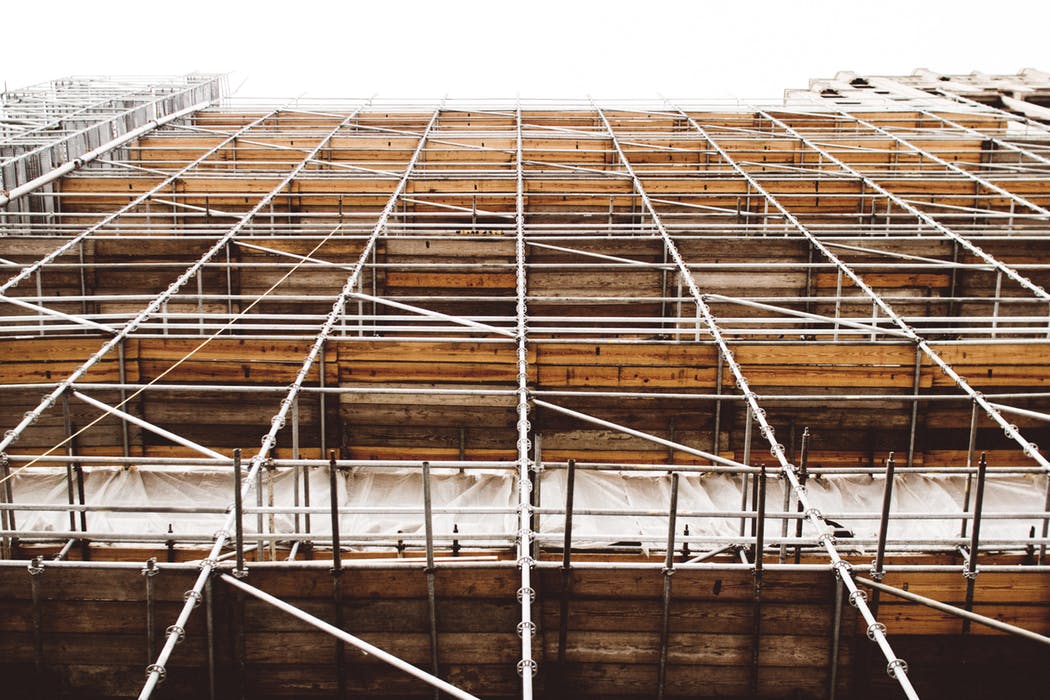Factors That Builders Must Account For When Choosing a Scaffolding Design
Expert builders don’t decide to invest in scaffolding on a whim. They only invest with Mr Scaffold, the best provider they could trust.
They must know what types of development projects they overseeing and what conditions and terrain they will be attempting to manage.
Irrespective if the builders are based in dense metropolitan locations, quiet suburban communities or isolated rural regions of the country, they must consider their investment carefully.
Workplace accidents are costly for all parties, seeing the project slow to a halt, hospital bills growing, insurance and compensation factoring into the equation and the reputation of the business plummeting.
To avoid those scenarios, it is imperative that trades professionals work through a process before settling on a reliable brand that is suited to their circumstances.
Expertise of Team Members
Before any types of materials are brought into the discussion to talk about brands and pricing for scaffolding, the expertise of the team has to be factored into the equation. There should always be one team member present who has extensive experience on the ground, but that might be thin with new employees and apprentices working on their trade and educating themselves about best practice. Young and emerging specialists can educate themselves about the theory and have the basic framework understood, but it is only through real life experience that they will understand how a scaffold will factor into the project.
Exposure to Outdoor Conditions
If builders are going to be exposed to the elements with their scaffolding then they are going to have to source all terrain models. These multipurpose materials will be able to withstand extreme heat, rain and high winds. This will likely mean a more expensive investment on behalf of the operation, but it will prove to be a valuable purchase given the high turnover of structures that falter under this type of duress. Steel models will be perfect for those teams that need genuine strength against high winds, but can rust if exposed to regular rain.
Maneuverability and Flexibility
Transporting, erecting and dismantling scaffolding is a series of tasks that has to be considered before a purchase. This places the emphasis on flexibility and maneuverability features for a brand that can be put up and packed up quickly if there are multiple job sites to hit inside a single working week. There are fiberglass and single flat pack options for trades professionals working with minimal team members, whilst aluminium designs are much lighter than their steel counterparts.
Time Pressures
The time required to bring scaffolding to site and erect it in place can be consuming when there are time pressures included for a project. No endeavour should ever be rushed simply because the scheduling has been hastened as the core components including the standards, transoms and ledgers have to be factored into the structure. Operators have to know how long a design will take to erect and run that figure against the blueprint of the building project.
Budget
There will be occasions when builders decide that they are better off outsourcing their needs for scaffolding should they find a daily hire fee that is commensurate with the nature of the job they are undertaking. Aluminium designs are proven to the be the most cost efficient when compared against other materials should the item be purchased outright, offering an affordable choice for developers who have to spend their revenue in other departments of the business.
Summary
If building operators do their due diligence on scaffolding then they can enter talks with a client knowing they have the tools and resources to match the demands of the project. All of these considerations should be part of the process and it will come down to personal preference before an item is sourced.
